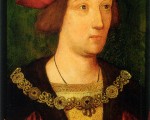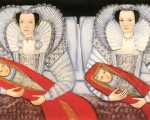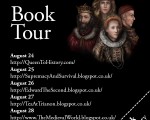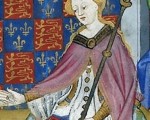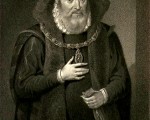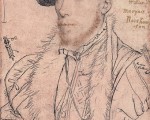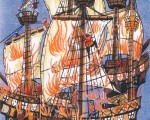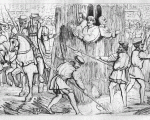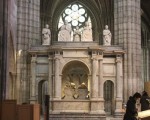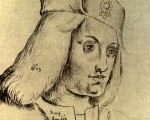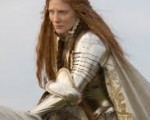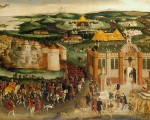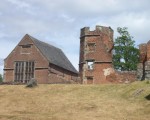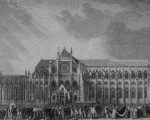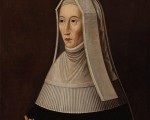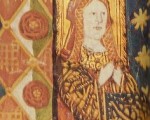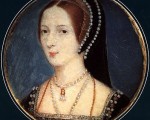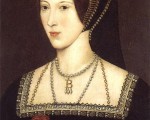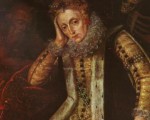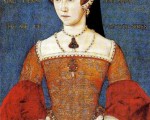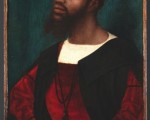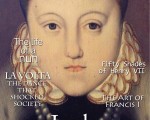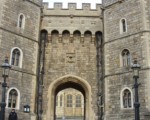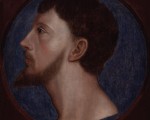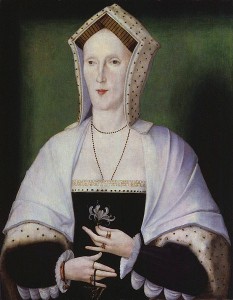
Margaret Pole
Margaret Plantagenet was born during one of the most unstable periods in English royal history. The daughter of George, Duke of Clarence, brother to King Edward IV, and Isabel Neville, daughter of the powerful Earl of Warwick, Margaret was destined for a future of privilege and power. She was born a Princess, into the royal house of Plantagenet, and, not having the benefit of hindsight, would never have guessed her Plantagenet blood would cause such a number of life changing events.
In 1478, her father Clarence was executed by her uncle the king on grounds of treason. By the tender age of 5, Margaret had lost both of her parents, and her future was uncertain. What would become of this young princess?
1485, the Battle of Bosworth. Richard III, the last Plantagenet king was defeated in battle by the Lancastrian Henry Tudor. Henry had now founded an entirely new dynasty, and sat on the throne as the first Tudor Monarch. Margaret must have felt insecure. She and her brother, Edward, were next in line to the throne through their Yorkist blood, which the new Tudor king was fully aware of. The young Edward of Warwick, younger brother of Margaret, was hastily detained and kept under house arrest before being incarcerated into the Tower of London. His claim to the throne made him too much of a threat to be freely living in society, therefore the new Tudor king had no alternative but to confine the young aristocrat. Henry arranged a series of clever marriages for the daughters of the previous king and also for Margaret. The Yorkist princesses were married off to allies of Henry, who he knew could be trustworthy, indeed ensuring the princesses did not marry men who could pose a threat to Henry’s throne. Margaret was paired with Sir Richard Pole, an unlikely match in status, Margaret being of royal birth and Richard only a member of the gentry, hardly a suitable match.
[Read More...]
